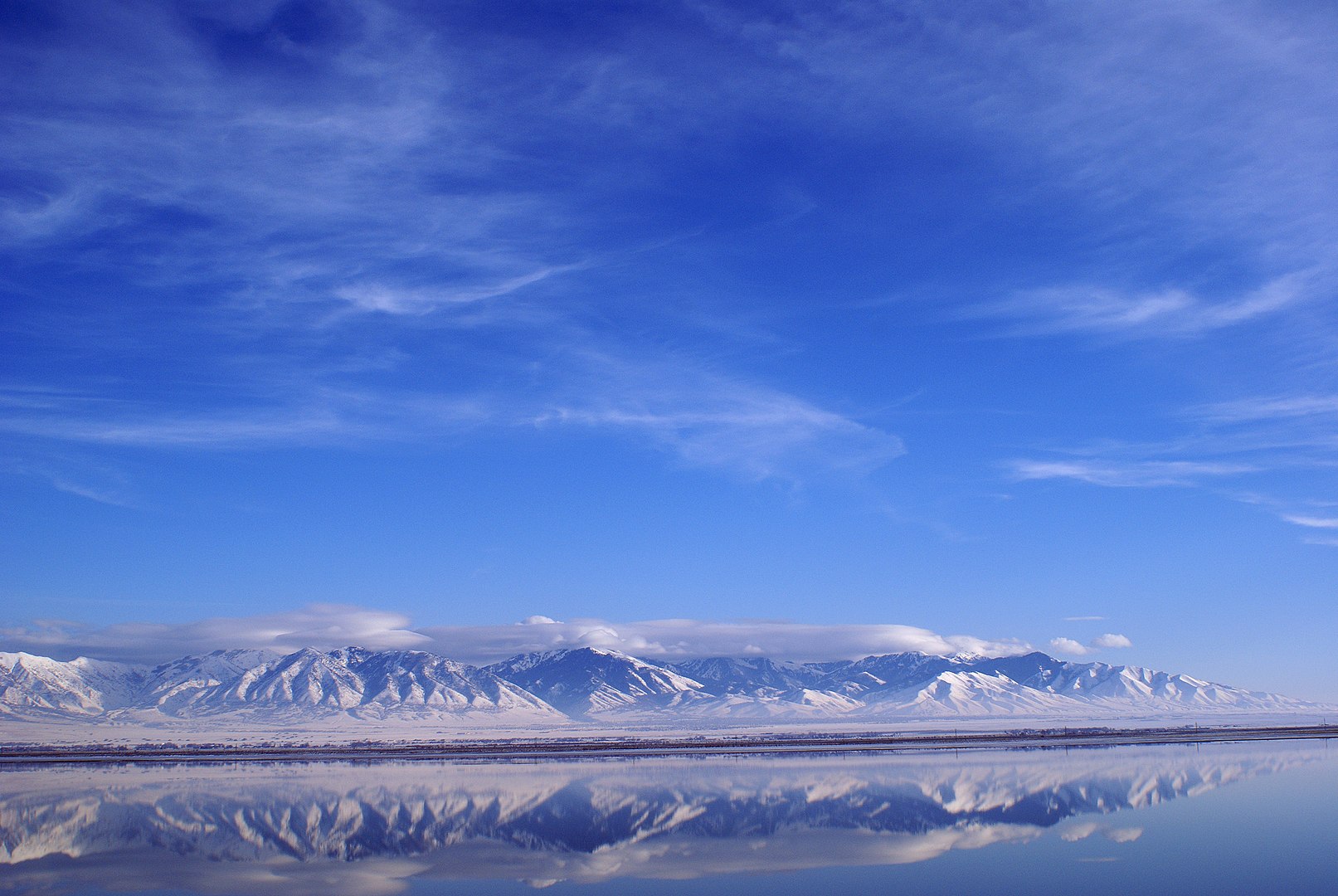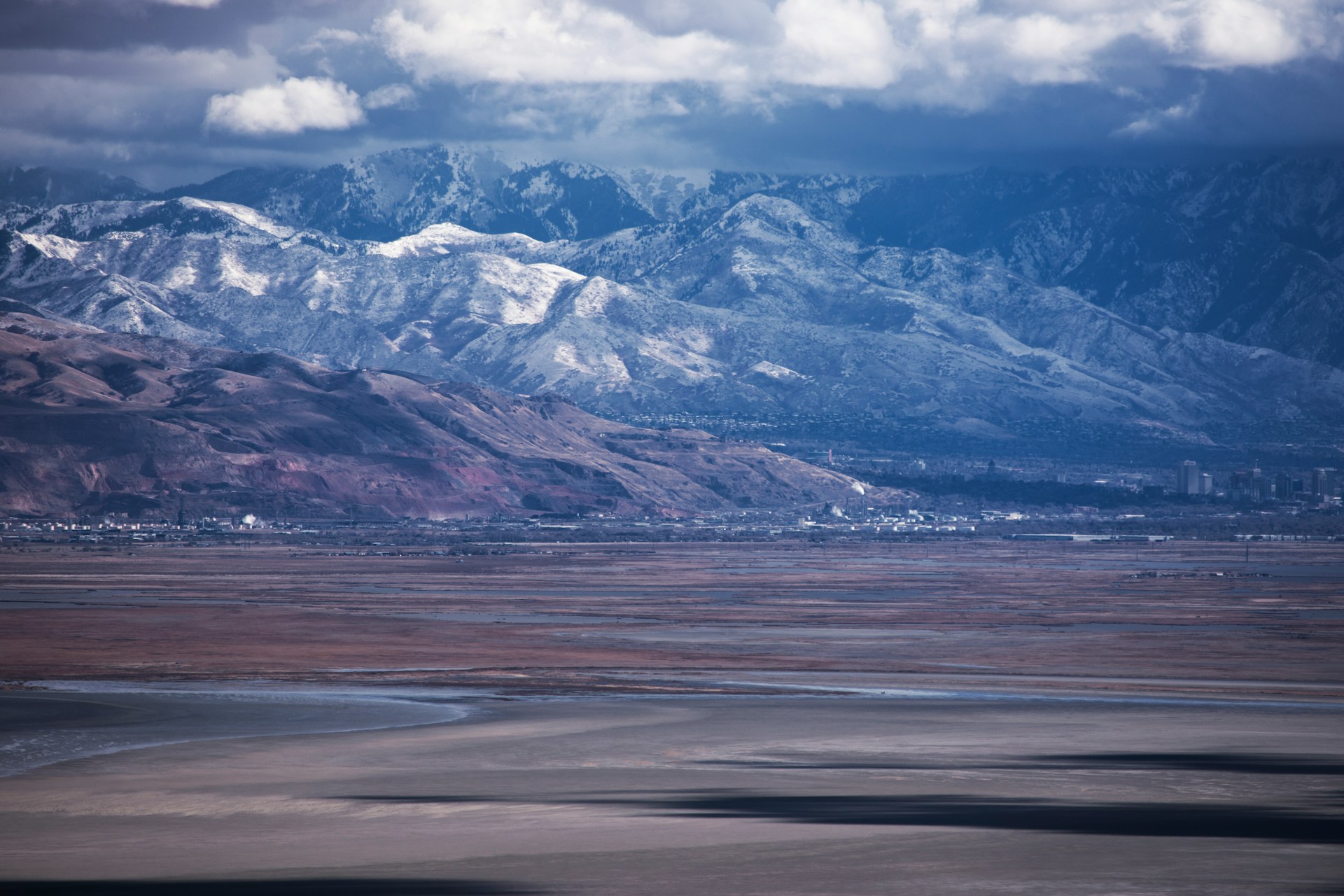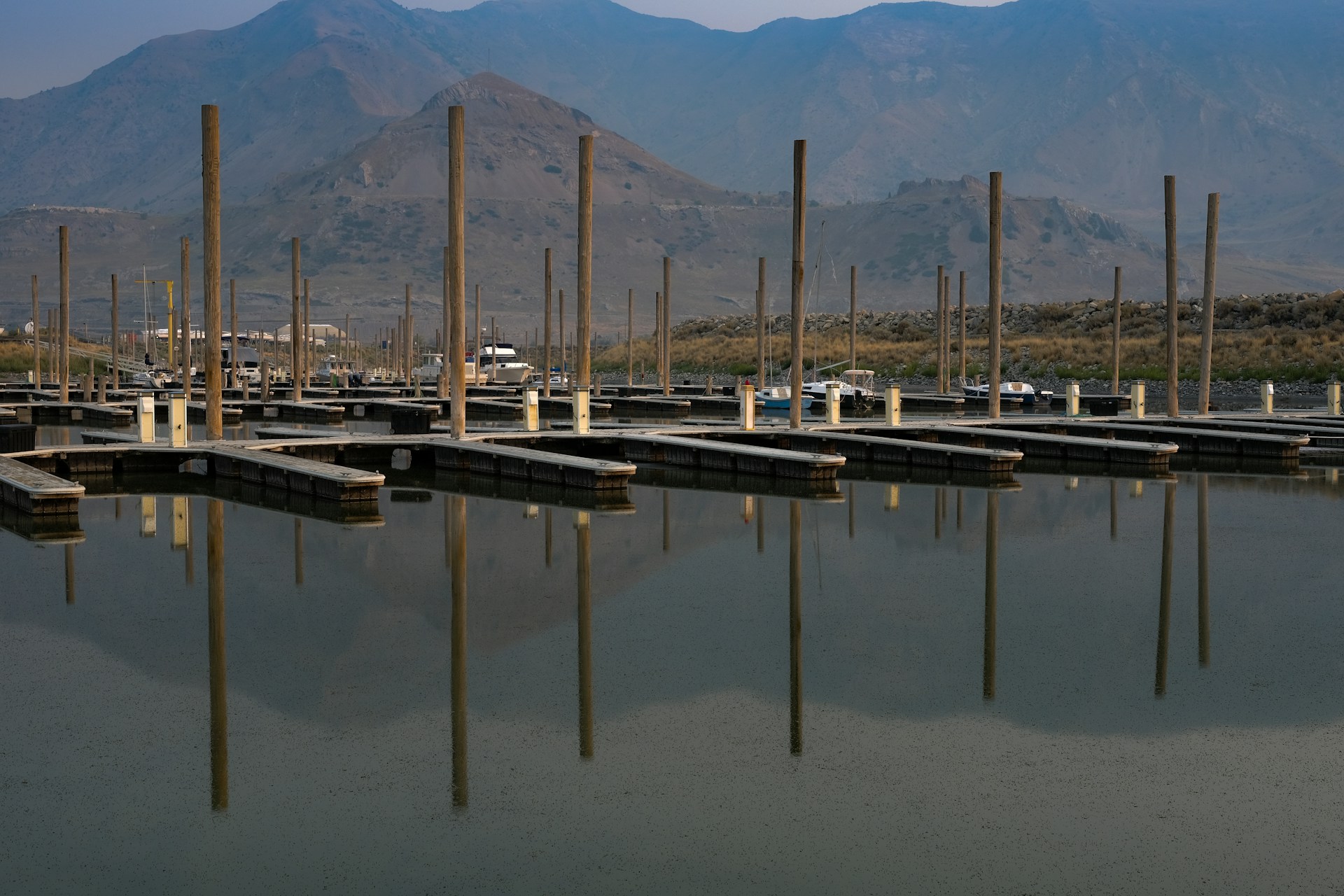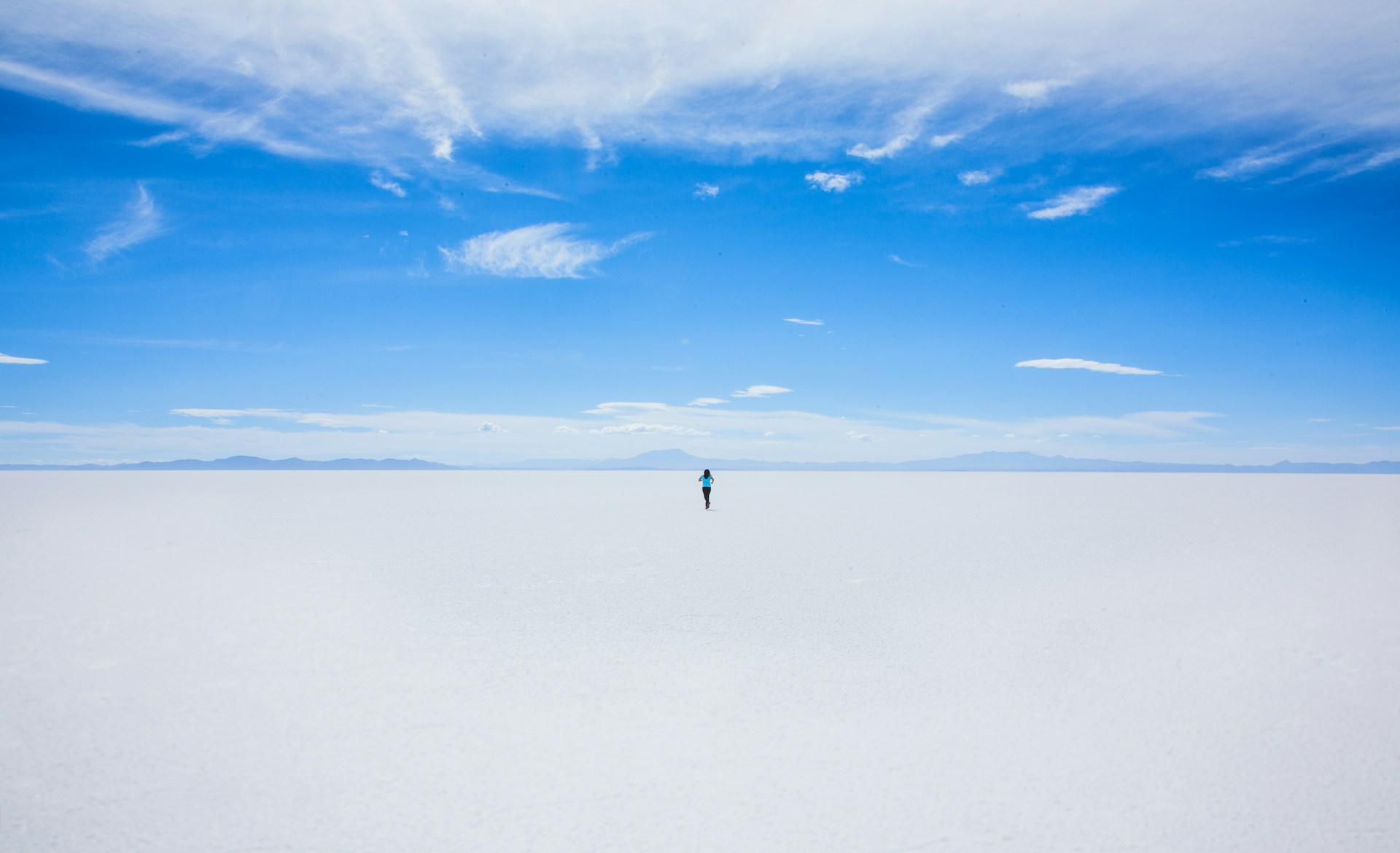Utah’s iconic Great Salt Lake might be emptying ozone harming substances into our atmosphere.
The Great Salt Lake’s lake bed produced 4.1 million tons of CO2 and other greenhouse gases in 2020 alone, according to a new study published in the journal One Earth.
Impact of Lake Beds

This may imply that the Great Salt Lake and similar lake beds all over the world are significantly higher contributors to global warming than initially thought.
A statement was released by study co-author and Royal Ontario Museum climate change curator Soren Brothers.
Terminal Lake

According to Brothers: “Human-caused desiccation of Great Salt Lake is exposing huge areas of lake bed and releasing massive quantities of greenhouse gases into the atmosphere.”
With a surface area of 1,700 square miles, the Great Salt Lake in northern Utah is the eighth largest terminal lake in the world.
Declining Water Levels

The lake has been experiencing a decline in water levels for several decades, primarily as a result of significant amounts of water being diverted from the rivers that feed it.
This siphoning has occurred for agricultural, industrial, and residential purposes, as well as climate change-induced drought conditions.
Drying Effects

The Great Salt Lake’s drying has a number of effects on the area, including the release of harmful particles and dust into the air.
This contributes to poor air quality and respiratory problems in nearby populations, and poses a threat to brine shrimp and bird habitats.
More CO2

When compared to the amount released by the lake’s water when it is full, the researchers discovered that the dry lake bed releases more CO2 into the atmosphere.
According to Brothers, who spoke with Newsweek, “What our study shows is that CO2 emissions from the Great Salt Lake’s waters are probably very low, whereas emissions from the dried up lake bed are very high, especially in summer months.”
Organic Matter

Brothers continued to say: “Essentially, these exposed sediments are rich in organic matter that had settled on the lake bed.”
“And now that they’re exposed to the atmosphere, it’s much easier for bacteria to turn that matter into carbon dioxide through their respiration.”
Emission Comparison

In the paper, the specialists detailed how they recorded CO2 and methane outflows from locales at different areas around the lake bed.
They then contrasted them with estimates of how the lake would have discharged these gases when full of salt water.
Greenhouse Gases

They discovered that in 2020, 4.1 million tons of greenhouse gases, 94% of which were CO2, were released.
Because methane is 28 times more effective than carbon dioxide at trapping heat in our atmosphere, the total effect was calculated as “carbon dioxide equivalents.”
Human-Caused Increases

They discovered that the state’s total human-caused greenhouse gas emissions have increased by 7% as a result of the lake’s drying.
According to Brothers: “The best and maybe only way to keep this CO2 from being released is by ensuring that Great Salt Lake remains wet.”
Proposed Solutions

“In the western U.S., there are multiple proposed solutions toward this goal, including water markets, and outdated western water laws are part of the issue,” Brothers stated.
The lake bed’s emissions of greenhouse gases were also found to be strongly linked to the region’s rising temperatures by the researchers.
Rising Temperatures

Temperatures will rise, creating a positive feedback loop in which more and more CO2 will be released into the atmosphere if climate change continues to worsen as anticipated, making it increasingly challenging to maintain the Great Salt Lake’s water level.
The researchers said that this is probably also a problem because lake beds are drying up all over the world, making the effects of climate change even worse.
Brothers said, “We found that the range of emissions we measured from Great Salt Lake over the course of a year was similar to the range observed in a global study of dry fluxes from rivers, lakes, and reservoirs around the world”
